A brief flirtation on Ormoc Bay
My chance encounter with the poets of Leyte's second most populous city
By AA Patawaran
At A Glance
- Ormoc is a city of feelings

I don’t know about you, but I never really have any expectations when I travel. I never really plan and, if I travel with a group, I never really pay attention to the itinerary. If at all, I would give it a brief glance. Although traveling this way has brought me enough trouble—getting me lost on streets or orchards or mountainsides, bringing me to risky, seedy neighborhoods, or having me bring Baguio weather clothes to a four-degree Celsius-weathered place because I looked at the highs and not the lows of the Accra weather forecast—I love it! It’s the best way to travel, an experience full of surprises and unexpected discoveries, as you take the frustrations and some wasted time and a few close calls along with the exhilarations of being elsewhere in your life.
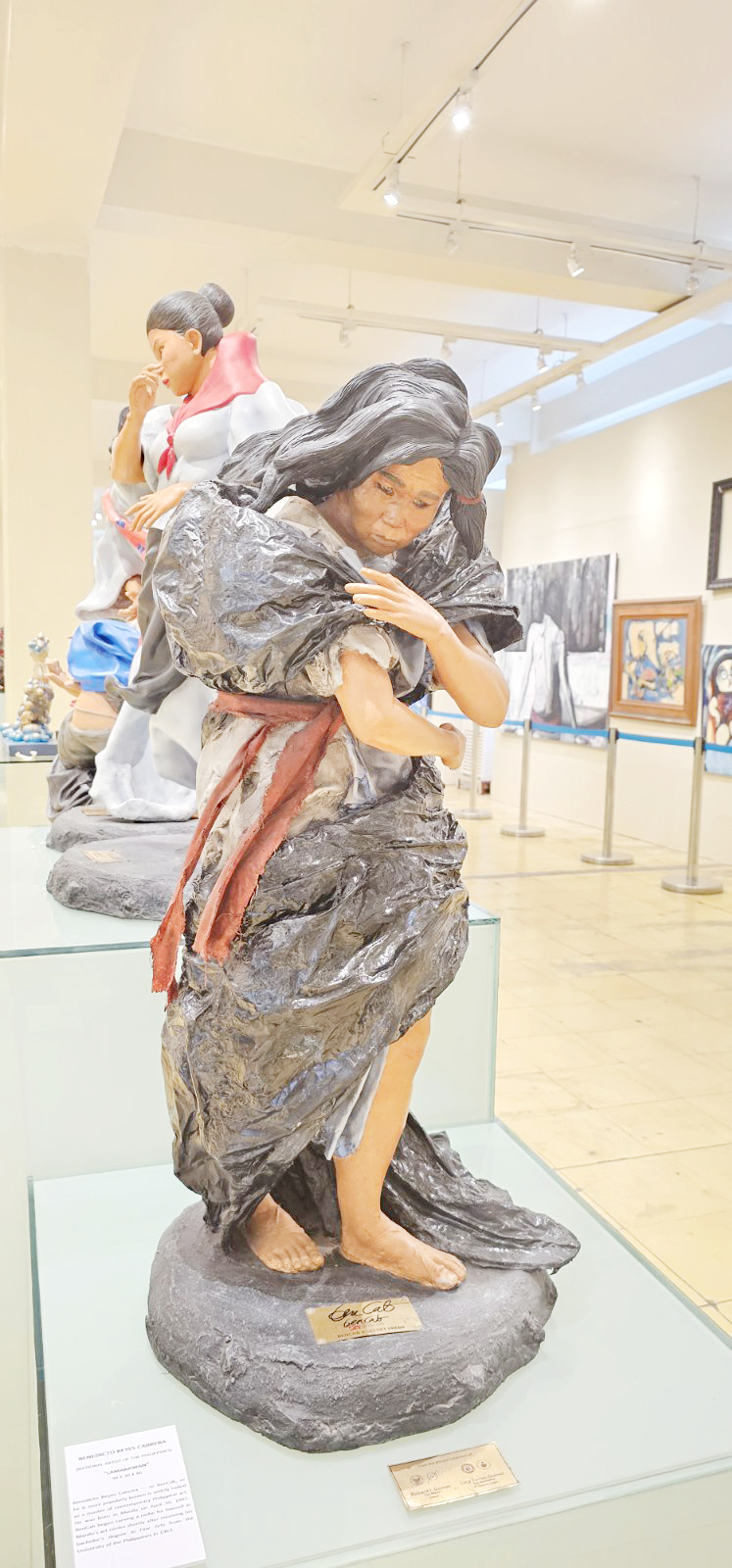
But even if I were the type to make an Excel spreadsheet of my travel plans, I didn’t have the time to even Google search my hotel when I traveled recently to Ormoc, a historic port city in Leyte, the second most populous of the province’s urban hubs.
I was invited by Ormoc City Mayor Lucy Torres-Gomez to give an inspirational talk on writing before a mixed crowd of journalists, college instructors, college students, and high school paper editors, some 30 of them, at a great hall at the Ormoc City Museum.
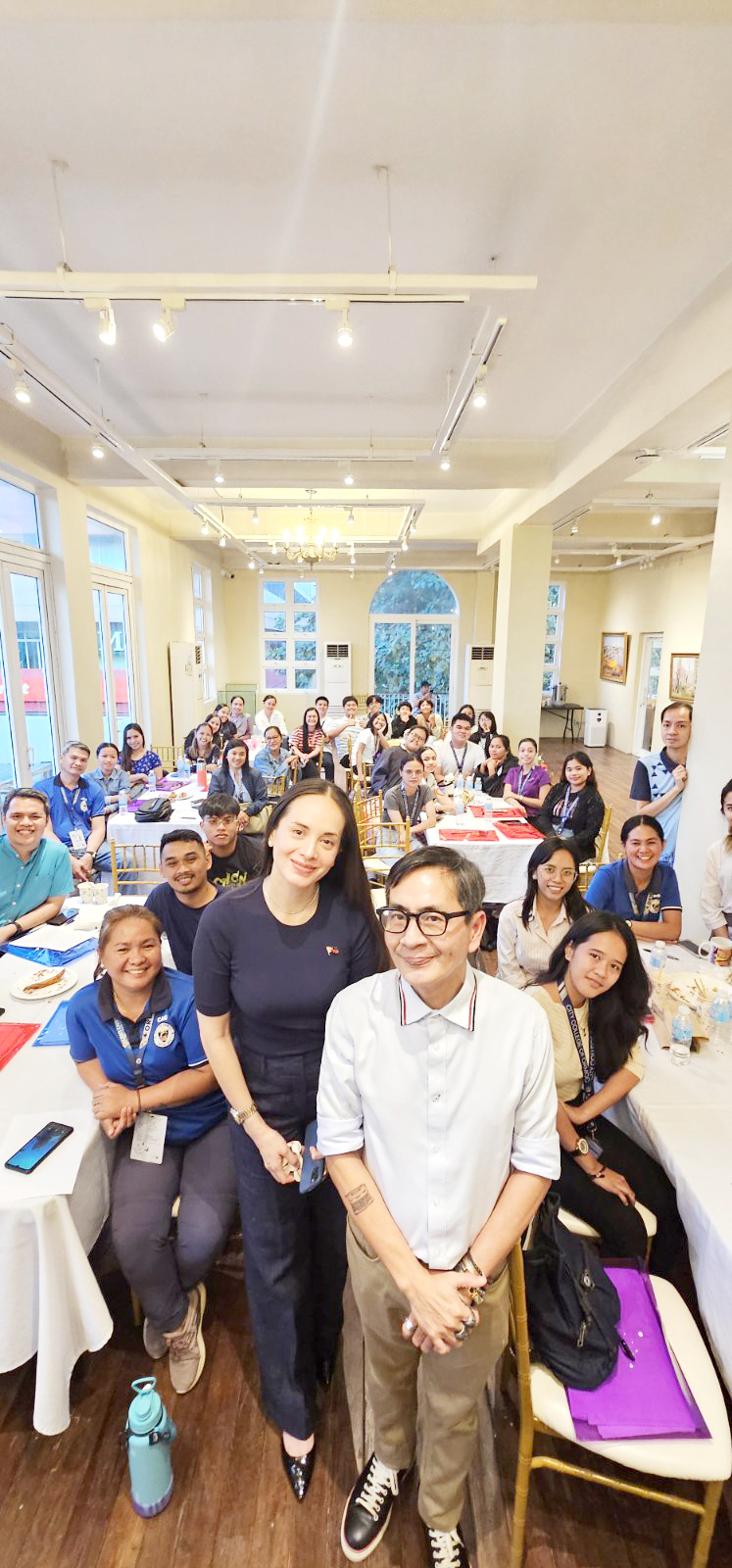
I am as random a presenter as I am as a traveler. I used to be so terrified of standing, let alone speaking, before a crowd, but as I was writing my book Write Here Write Now, published in 2012 (Anvil), I was invited to teach a whole batch of junior-turning-senior college students. I almost said no, but then it didn’t make sense, as I was writing a book to share what I knew about writing, to turn down such a serendipitous offer.
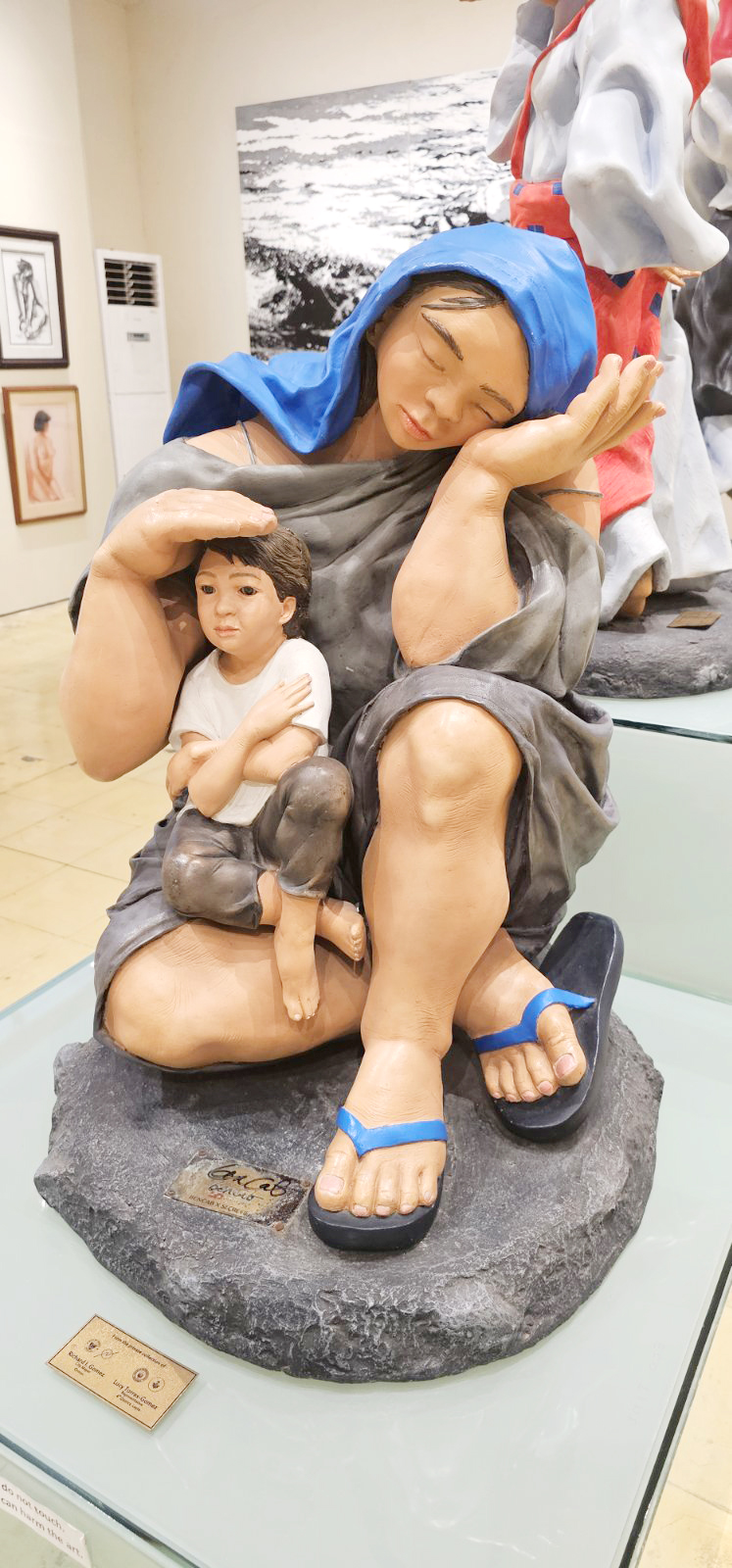
But back to Ormoc, I was wondering why I had never gone there before. To speak in figurative speech, the language of the Ormocanons, as I would later discover conducting a two-day workshop there, it felt as though I was the last to arrive in this city of surprises on the two-hour Maharlika Highway from the Daniel Z. Romualdez International Airport in Tacloban, where my Philippine Airlines flight from Manila landed almost half an hour ahead of schedule.
A magnet to plunderers, invaders, and destroyers, even drug lords once upon a time, Ormoc also lures in poets, philosophers, lovers...
Centuries ahead of me, for instance, were the Moro pirates who orchestrated such terrifying periodic assaults that the forefathers of the Ormocanons built watchtowers and a sophisticated warning system to alert the towns against the marauders.
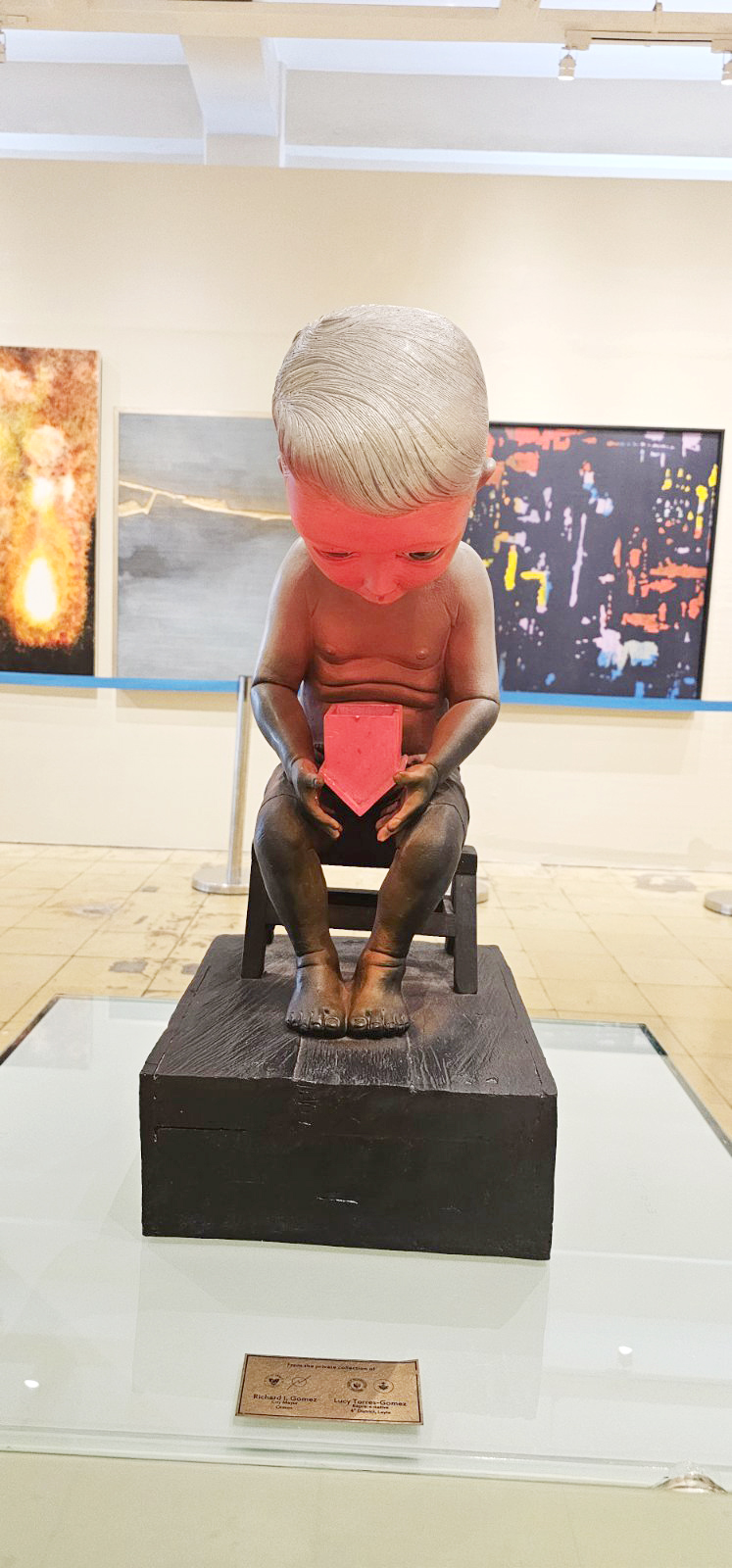
In the late 16th century came the Jesuit missionaries from Spain, followed by the prayles and the conquistadores, and then again pirates from Sulu hellbent on looting and massacre despite Spanish presence in the city.
Post-World War II, the Imperial Japanese Army turned Ormoc into a garrison, from which it was only unshackled at the Battle of Ormoc Bay, which raged on from Nov. 11 to Dec. 21, 1944.
In 1991, the mountains surrounding Ormoc sent floods down into the city, sweeping away more than 5,000 lives.
And then came Yolanda and its monster winds in 2013.
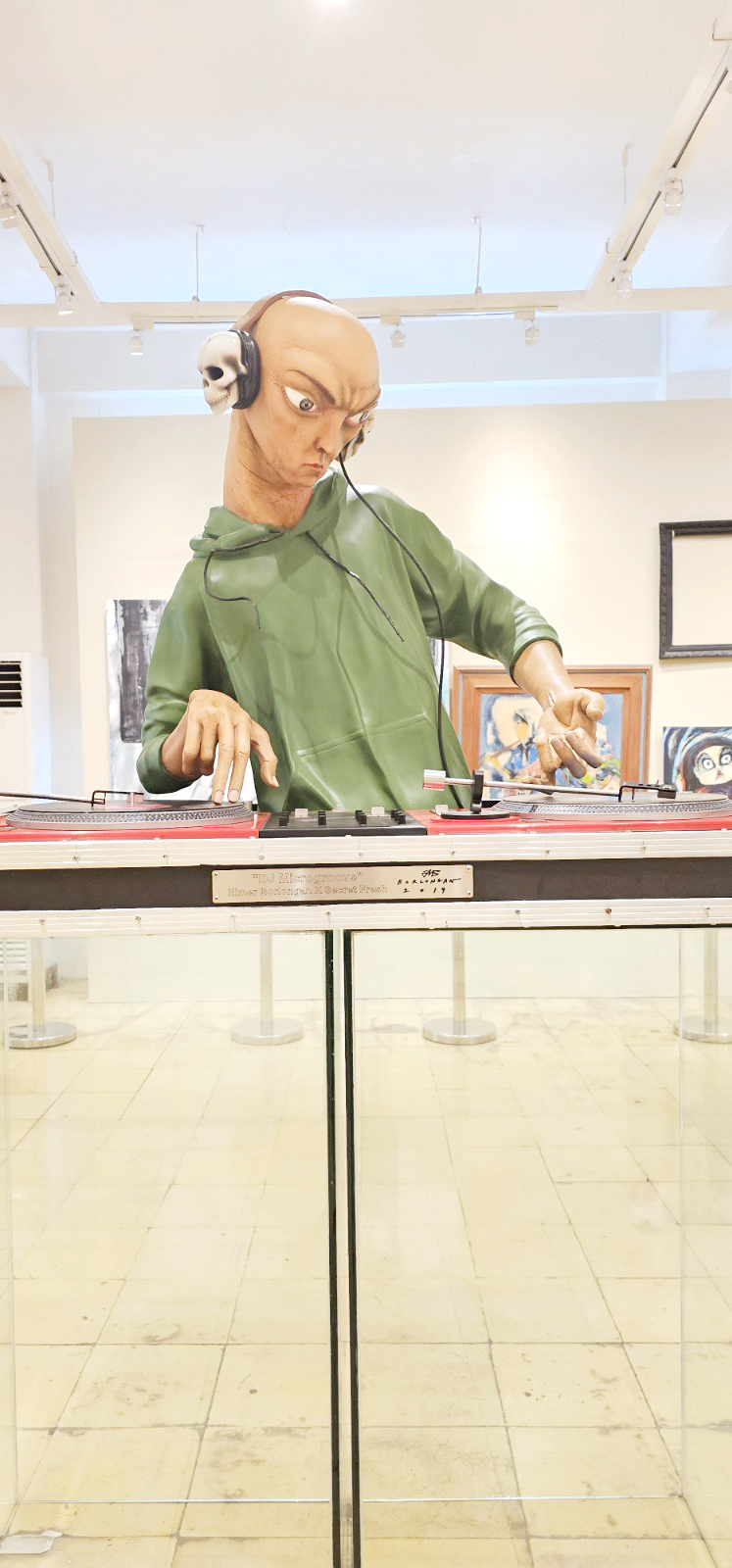
I only had two days, two-thirds of which I had to spend at the Ormoc City Museum in the company of Borlongan, BenCab, Joya, Amorsolo, and a few teen poets I did not encounter until late in the afternoon of my last day.
Doing a writing workshop proved to be an all-too-brief flirtation with this city of beautiful people, and yet I would heave a sigh both of longing and excitement watching Ormoc Bay shimmer under the noonday sun from the rooftop of the museum building.
Truth be told, I didn’t have time to prep for this two-day, all-day writing workshop. I took comfort in having done this on many other occasions, relying solely on my knowledge, personal experience, and cues from the audience to speak for up to three hours at a time about writing.
Of course, I had the basics of grammar down pat, as well as the key principles of effective communication, reminding the participants that education is from the Latin word educo, meaning to “pull or draw out from,” which was to say I was there before them not to deliver knowledge but to inspire them to remember what they already knew from so many years learning to read and write from kindergarten.
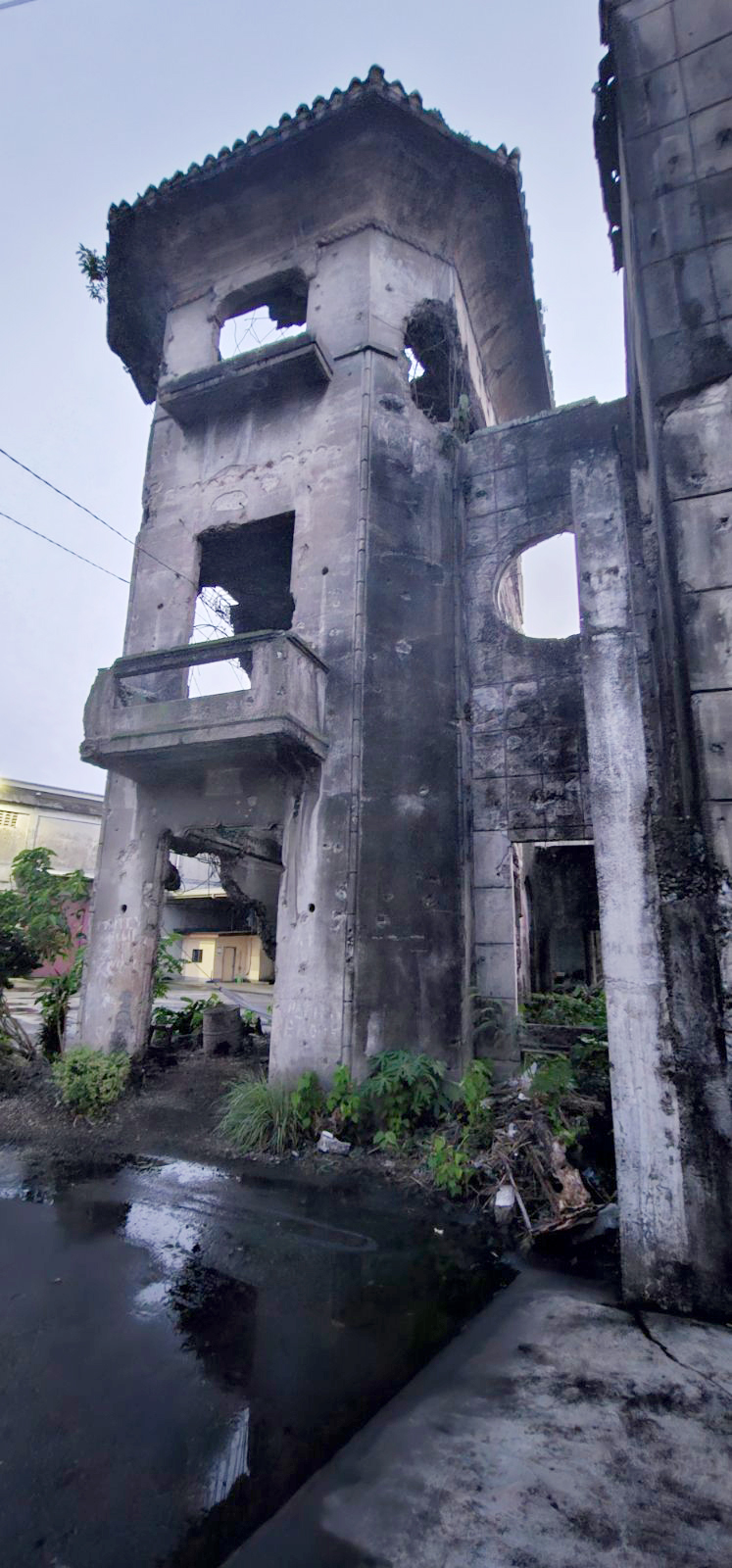
Ah, but the grammar game of these Ormocanons was strong. In between the lectures and the inspirational talk, I asked the participants to write off the top of their heads an essay about their most poignant childhood memories, a letter to the person they would have become in five years, and a note to me, representing their imaginary audience, about their inextricable ties with the city of Ormoc. For each of these writing tasks, they were given no more than 30 minutes.
Because I did not have time to read their work on paper, I would call out names from the list of attendees and ask them to read it clearly, replete with eye contact and with flourish. I told them that should a follow-up session be arranged, then I would have to go over their written work word for word, sentence after sentence, from one paragraph to the next but, in the meantime, I was happy enough to hear their good work. After all, the beauty of language, as a chapter in the grammar bible, William Strunk Jr. and E.B. White’s Elements of Style, strongly suggests, is “A Matter of Ear.”

Grammar aside, I took my cues from what I assessed to be the readiness of the participants for profound expression. I went deeper into the reason storytelling would always be an essential human pursuit and passion. I shared with them a quote from my book: “The heart is a repository of emotions—real, imagined, and invented, owned and borrowed, past, present, future—and there in your chest, operating at an average of 80 beats per minute at rest, is a heart that has stories to tell.”

And this is how I chanced upon the young poets of Ormoc. Although I never asked them to write verse in response to my writing challenges, many of them came up with poems. What’s even more surprising to me was that some of the best work read at the museum hall were from the youngest of the participants—the high schoolers.
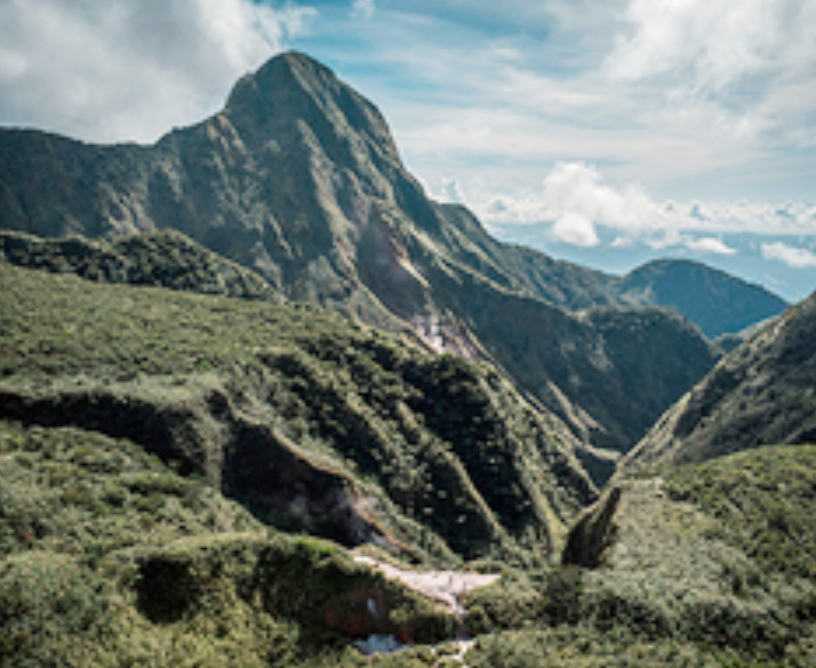
peak in Eastern Visayas (Photo www.ormoc.gov.ph)
From their writing, I burned with curiosity about Ormoc. Since there was no time, I would relish wrapping up the day over dinner with Lucy, Ormoc City festival and culture chief Estrella Maria Serafica-Pangilinan, and Nelson Alindogan and Serg Ilarina Jr. from the Office of the Mayor, first at the bayside restaurant Marta and then, the following night, in a cellar nestled in a garden called Ormoc Herbs.
On the last night, instead of cocktails, I had pre-dinner at Alto Peak, a chocolate place that, like its brand and products, have been named after the highest point of Mt. Amandiwing in Leyte and also the highest in Eastern Visayas. Even Alto Peak, as its owner and chocolatier Noel Barquera confessed to me, is a love story, but that’s a story for another day.
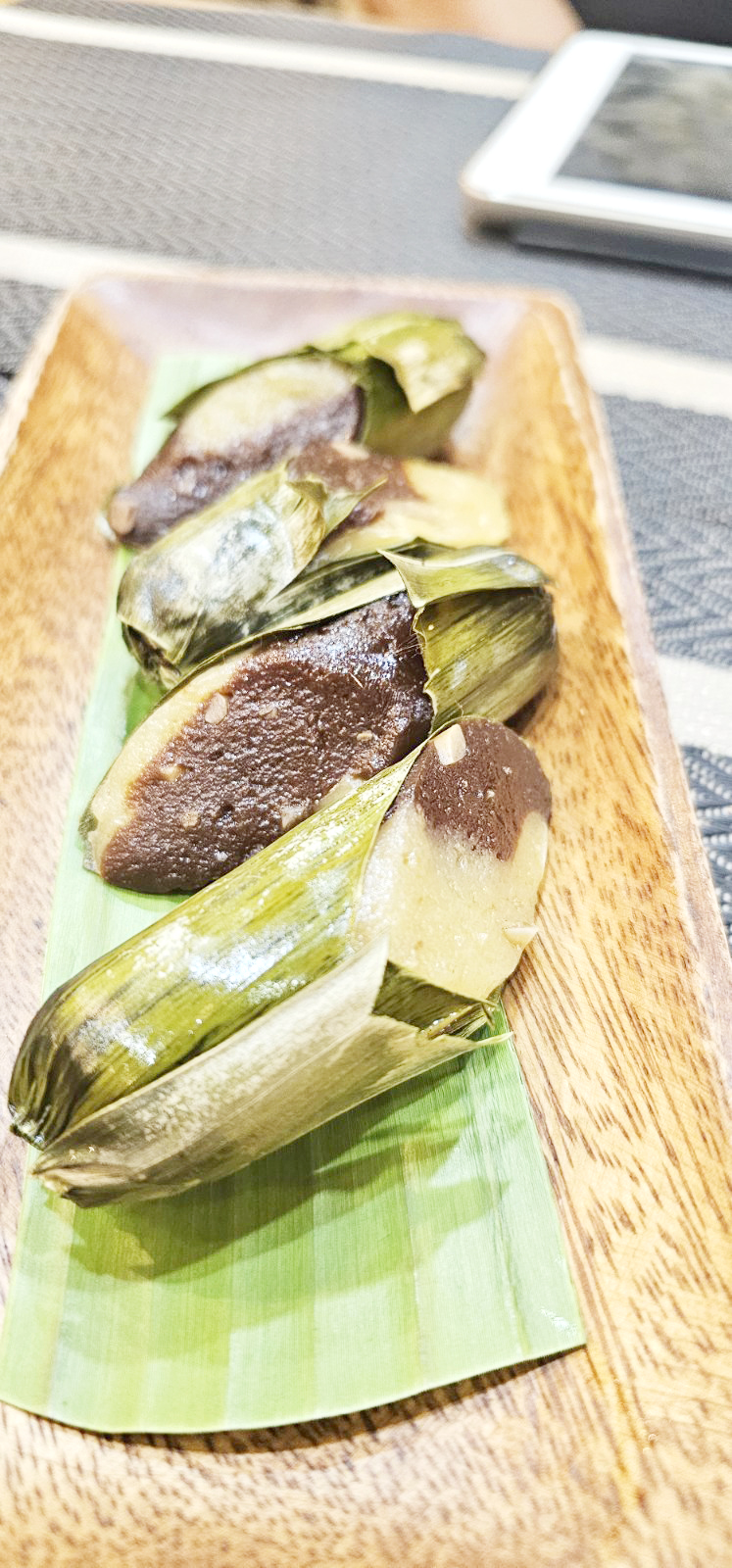
Ormoc is a city of feelings. This much I told Lucy. The wounded carry their hearts on their sleeves, and so do the lovestruck. Something so romantic in Ormoc, for which I must return.
I am particularly sure the poets among my students have so much more to share with the world and my wish is to draw them out further, with the power and the beauty of words.